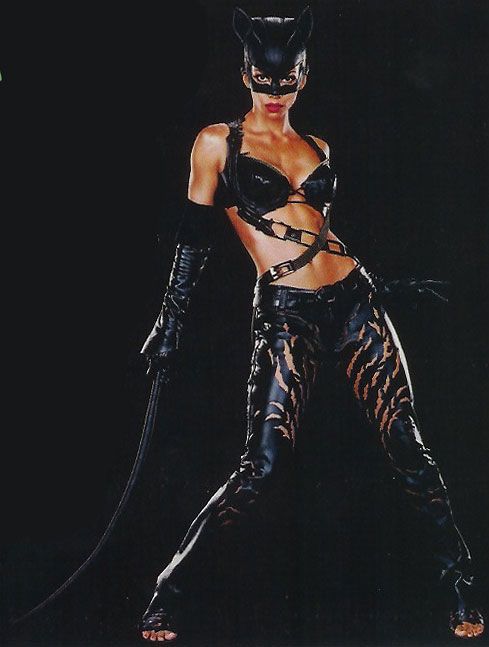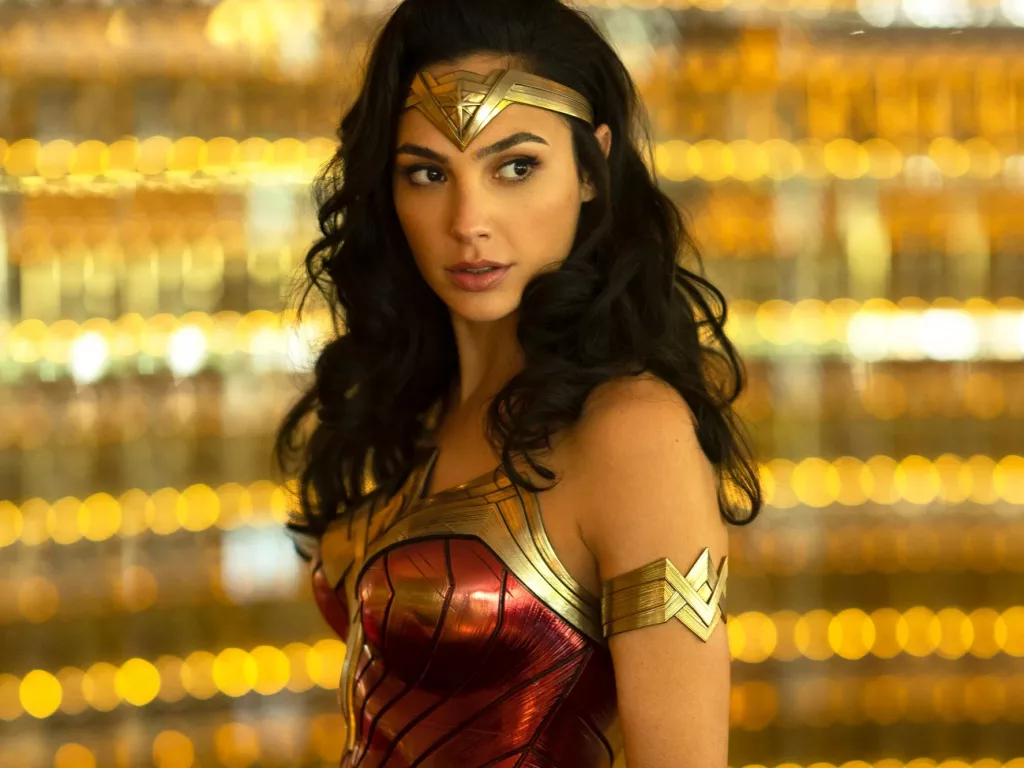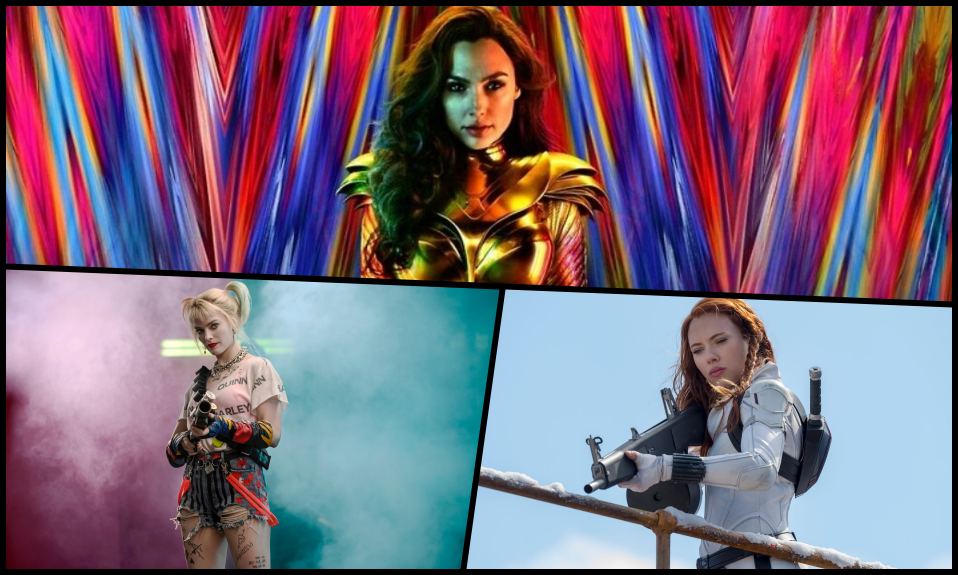With the release of Black Widow, Marvel’s first (in the MCU at least) female Avenger finally gets her moment in the spotlight. Before the MCU, superhero films could be a mixed bag – never mind ones starring a female lead. The genre was still finding its feet at this time, with only the most popular characters being considered for big-screen adventures.
As time has passed and superheroes have become more mainstream, more characters have entered the public consciousness, now Captain Marvel and Harley Quinn are mentioned alongside Wonder Woman and Catwoman. Those early films are very different from Marvel and DC’s output today (for better or worse, but that’s a different conversation), but female-led films have changed the most.
Female Spin-offs
Fittingly one of the first female superhero films, Supergirl was supposed to be introduced in Superman III but this was vetoed by the studio. The film was intended to focus on her attempts to rescue her famous cousin, but Christopher Reeve pulled out early into production, forcing the film to change course. The film was criticised for its poor special effects, and inconsistent characters, as well as the script.

Making her film debut in Batman Returns, the positive reception to Catwoman inspired a spin-off with Michelle Pfeiffer reprising her role, it remained in development hell for years before emerging as something very different. The final film removes most of the elements people are familiar with, from both the comic and Pfeiffer incarnations. Halle Berry’s version focuses on the fashion and cosmetic industry, rather than heists. The character is often sexualised in media, but rather than the usual catsuit the film offers some impractical, almost fetish-like garb. Catwoman seems more occupied with how its star looks than anything else, as showcased in this weird basketball scene. It is however notable for being the highest-grossing superhero film with a female lead until Wonder Woman.
Like Catwoman, Elektra also was a spin-off, this time from Daredevil. While not as highly regarded as Batman Returns, Daredevil still proved profitable enough to consider further entries (although the Director’s Cut is an improvement). Elektra kept the same star and set itself as a sequel to Daredevil, while the man himself didn’t appear, his mentor Stick did. Although the character felt closer to the source material, the film itself is incredibly rushed, as Garner was only available during hiatus from the show Alias. Ike Perlmutter, CEO of Marvel Entertainment (at the time) cited the film as an example that female superhero films weren’t profitable. Although he was eventually proven wrong, it would take more than a decade before another attempt…
Cinematic Universes

Beginning development way back in 1996, it’s odd to think that it took so long for arguably the most iconic female superhero to get her own live-action film. Ironically, Wonder Woman’s debut was in Batman V Superman: Dawn of Justice, where she was a highlight to many. As a result, her film acted as a prequel, being set in World War One where many of the franchise connections were not present. Wonder Woman, showcases her first interactions with man, as well as her relationship with Themyscira and Amazon warriors, with several nods to the hero’s history. It was met with positive reviews, some considering it the best among the DCEU.
Although Wonder Woman was released first, it didn’t take long for the MCU to catch up. After Ant-Man and The Wasp gave both heroes an equal role, (with Wasp arguably more competent) Captain Marvel introduced a new hero who was set up to be one of the most powerful Avengers and received a lot of negative reviews from people before it was even released. The review bombing didn’t stop it from going on to gross over $1 billion though.
In 2020, DC took things one step further with Birds of Prey (and the Fantabulous Emancipation of One Harley Quinn). Introducing a whole team of female heroes, as they each encounter Harley Quinn after her break up with Joker. Margot Robbie, reprising her role as Quinn from Suicide Squad, also worked as a producer, wanting it to have a feminist message, with moments like Black Mask’s misogyny and the hair tie aimed at women. Despite glowing reviews, it wasn’t as big a hit as Warner Brothers hoped, but it did make its money back.

Just this year, the long-awaited (and delayed) Black Widow landed in cinemas. After more than a decade of being a supporting player, she finally steps into the spotlight. While some of the film feels like a course correct or even apology to those unhappy with her treatment in Avengers: Endgame, it playfully pokes fun at some of the tropes of the character that have in her other appearances and lets Black Widow be her own character, rather than serving the Avengers’ story.
The Future
We’ve come a long way and female superheroes are finally getting their dues. With Wonder Woman and Harley Quinn bound to show up again, Captain Marvel getting a team in The Marvels. Florence Pugh’s Yelena looks to be carrying on Black Widow’s legacy, and Leslie Grace has recently been cast as Batgirl. It might have taken longer than we would have liked, but the girls are proving they can hold their own.
Also Read: The Journey of Black Widow




![Highest Grossing Films at the Box Office [Source Hollywood Reporter]](https://bigpicturefilmclub.com/wp-content/uploads/2021/09/20rep_boxoffice_main-H-2021-958x575.jpg)
![Superheroes Batman and Catwoman kissing [Source: The Young Folks]](https://bigpicturefilmclub.com/wp-content/uploads/2021/06/batmancatwoman-The-Young-Folks-958x575.jpg)







